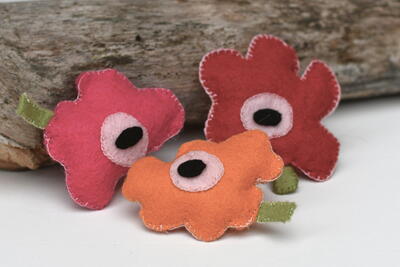Is Hand Sewing as Strong as Machine Sewing?
Sewing machine vs hand sewing: what's stronger? Find out with this guide!
Hand Stitching vs Machine Sewing Showdown!
Hand sewing is considered one of the oldest textile arts. People sewed clothes by hand for thousands of years before the sewing machine was invented. Now that we have both, have you ever wondered whether hand sewing is stronger than machine sewing?
At first, they used animal furs and skins, bone needles, and plant fibers for thread. Later, they used woven fabrics, natural and manmade, steel needles, and both mechanical and electrical sewing machines.
When ready-made clothes were unavailable, women learned how to sew for home either by their mothers or their home economics teachers.
Several women sewed to earn an income. Sewing clothes by hand took several weeks to complete and because of the high cost of labor, only the rich could afford it.
Today, hand sewing is mostly done in haute couture fashion houses and bespoke tailors’ ateliers. Their clientele is limited to people in the entertainment industry, political figures, entrepreneurs, royals, and other wealthy or higher social status individuals.
Sign Up For More Free Patterns >>>
Sewing Machine vs Hand Sewing Overview
Several people feel intimidated to sew by hand. However, it is an art that every sewer should master. Yes, it takes patience and time, but if it is done right, it can be almost as effective as sewing by machine.
This guide will focus on: the instances when hand sewing is preferable to machine sewing and how it is used; the pros and cons of hand versus machine sewing; five basic stitches for those who like the challenge of hand-making their own clothes; and a description of how a machine stitch is made. Selected resources are included at the end of this guide.
Table of Contents
- When to Hand Sew
- Applications of Hand Sewing
- Differences Between Hand Sewing and Machine Sewing
- Advantages of Hand Sewing
- Disadvantages of Hand Sewing
- Advantages of Machine Sewing
- Disadvantages of Machine Sewing
- Five Basic Stitches for Hand Sewing Clothes
- Anatomy of a Machine Stitch
- Conclusion
- Resources
When to Hand Sew
While the majority of sewing patterns are designed to be sewn with a sewing machine, most embroidery and needlework designs are done by hand to ensure a detailed, unique finish on both sides of the fabric. You could resort to hand sewing when:
- you don’t own a sewing machine; it’s impossible or impractical to carry a machine while traveling; there’s a power outage.
- you want to mend torn lace, women’s stockings, holes on socks, torn seams, and other tight places and corners where only your fingers can fit.
- you need to sew small notions such as snaps and buttons.
- you sew lace, chiffon and other extremely delicate fabrics which would have otherwise been ripped under the machine’s foot.
- you have crocheted or knitted pieces of an item which need to be connected.
- you sew couture clothes. For example, you baste non-fusible interfacing on collars, or you finish fabric edges with hand stitching.
- you make customized gifts such as headbands and pin cushions.
- you embroider a design; and add embellishments (beads, sequins, sequins, appliqué motifs, trims) on a garment such as a bridal gown.
- you need to stitch up an open wound in survival situations.
- you simply enjoy it.
Applications of Hand Sewing
- Embellishments.
- Clothing repairs.
- Equipment repairs such as fish nets, boat sails, and tents.
- Small sewing notions that it’s easier to hold with your fingers.
- Buttonholes, hems, bias binding, quilt binding, and basting.
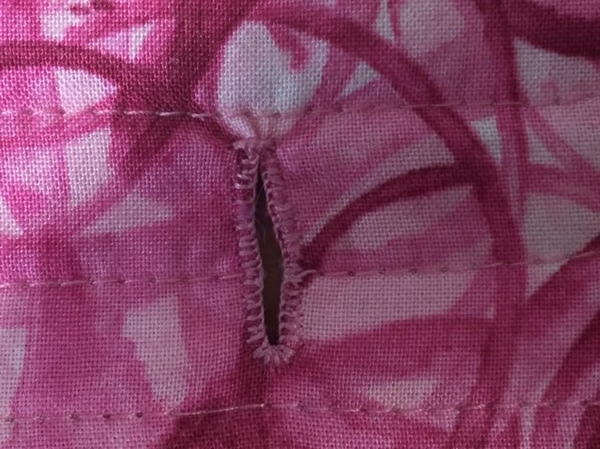
Differences Between Hand Sewing and Machine Sewing
1. Advantages of Hand Sewing
- It is portable, takes up minimum space, and works without electrical power. For example, you could carry your embroidery everywhere, but it’s not easy or convenient to carry a sewing machine.
- Sewing by hand is precise and detailed. Your garment would look good on both sides of the fabric.
- It is much easier to sew fine and lightweight fabrics by hand because you have more control.
- Hand sewing offers tranquility and satisfaction without the use of technology. You could hand sew sitting on your favorite recliner.
2. Disadvantages of Hand Sewing
- It is time-consuming and takes great patience to complete a project.
- Although hand sewing is precise, it is also inconsistent, meaning, no stitch has exactly the same length and distance as in machine sewing.
3. Advantages of Machine Sewing
- It is much faster, convenient, and time-saving to machine sew.
- Machine stitches are stronger than hand stitches because the machine uses two strands of thread and secures the stitches with a knot. (See Anatomy of a Machine Stitch section below.)
- Sewing machines can sew all types of fabric. They can handle heavier fabrics such as denim, canvas, and leather much better than hand sewing.
- Machine sewing is accurate because the stitch settings are predetermined. They are set either by a computer or by the sewist mechanically.
4. Disadvantages of Machine Sewing
- Learning how to use a sewing machine can be a set back. You have to familiarize yourself with all the components of the machine and experiment at first.
For example, you will need to read the instruction manual, learn how to thread the machine and wind the bobbin thread, practice gaining control of the foot pedal, and learn how to clean, oil, and maintain the machine.
- With the exception of portable machines, sewing machines take up space, particularly industrial machines which come with their own stand and can be very heavy.
- Sewing machines use electricity (except for treadle machines). They also cost money to purchase them as do accessories like feet, needles, bobbins, broken parts, and thread.
- To sew on a machine, you have to prepare it first. For example, you have to choose the right foot for a particular task, wind the bobbin thread, and work in a dedicated area like your sewing room or your kitchen table.
Five Basic Stitches for Hand Sewing Clothes
People used to make their clothes entirely by hand for thousands of years before the invention of the sewing machine. If you are up for a challenge and you have ample time in your hands, you too could make your clothes entirely by hand using five basic stitches below:
- Backstitch: This hand stitch is the strongest for permanently sewing two pieces of fabric. It is also versatile because it’s used in both sewing and embroidering for various tasks such as matching plaids, setting sleeves, and outlining designs.
- Basting stitch: Also known as tacking, basting stitch is a long loose stitch mainly used to hold two or more layers of fabric together temporarily, until they are sewn permanently. It is ideal to stitch up muslin seams for fittings.
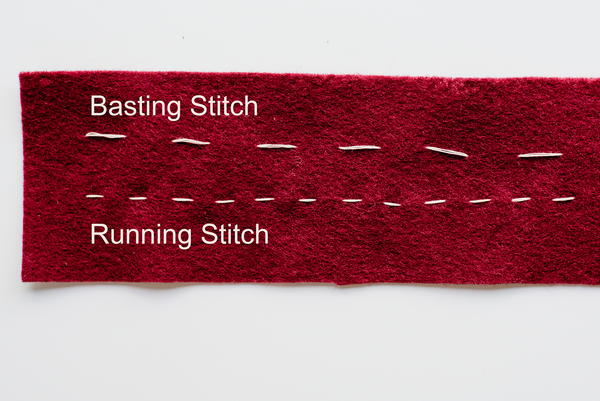
- Whipstitch: An overcasting diagonal stitch used to keep the fabric edges from fraying or to join two pieces of fabric. It is also used in crochet to join two pieces of work.
- Blind hem stitch: This stitch is used mainly to create invisible hems, particularly on fine silky fabrics. Besides hemming, it’s a great stitch for bias binding and attaching lining.
- Buttonhole stitch: This stitch is used to secure the edges of buttonholes and prevent them from fraying. Other usages are: eyes and hooks, appliques, blanket edges, cutwork, and embroidery.
Anatomy of a Machine Stitch
The most common stitch is a straight lockstitch (as demonstrated in Threads Magazine). The sewing machine uses two strands of thread: one at the top and one at the bottom (inside the bobbin case). As the needle pricks the fabric, it pushes the thread under and around the bobbin, where the bobbin thread makes a knot before the needle comes back up.
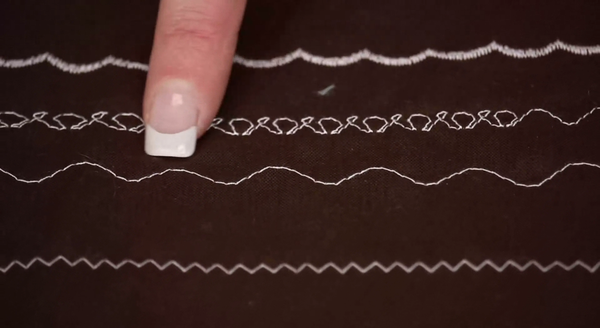
Is Hand Sewing as Strong as Machine Sewing? Conclusion
Now that you know all about hand sewing, you should be able to tackle any project with confidence. My recommendation is to keep your hand sewing skills sharp.
Hand sewing is not only an art for creating beautiful couture garments and crafts, but also a survival skill. A combination of hand stitches and machine stitches is the best way to create clothing with strong seams that look great.
Resources:
- Read this illustrated guide on 8 Basic Hand Stitching Techniques Every Sewer Should Learn, including a video tutorial on how to do the backstitch by Sewing.com.
- Here is an article on The Strongest Sewing Machine Stitches / Threads posted at Sewing Machine Talk.
- Couture expert Claire Shaeffer shares her technique on How To Master the Backstitch in this Threads Magazine article.
- Watch this video on Sewing Machine Anatomy: How a Stitch is Made by Threads Magazine.
About the Author:
"I am a librarian of 17 years, a professional seamstress all my life, and a writer. I work full time as Cataloger at Valdosta State University, and on the weekends, as a seamstress.
I sew clothes, alterations, bridals, accessories, light upholstery, and just about everything. I also crochet, knit, and hand embroider. I crochet blankets every evening to relax. I learned sewing as an apprentice to an experienced seamstress in my hometown in Greece. After that, I taught myself new sewing techniques, pattern drafting etc.
My mother taught me needlework and crochet, and my aunt taught me knitting. Fabrics and written words are my passion. Recently, I bought my first industrial sewing machine, a Consew 205RB-1 and I'm getting familiar with it. My first project using this machine will be to upholster a relative's boat cushions.
Besides sewing, I like to write. I've written book reviews; I translated a Greek novel into English and self-published it; and I compiled the index to four books about film. Currently, I'm writing the biography of a Greek-American professor of forestry. My sewing website is Grecian Needle. My writing website is Λέξη προς Λέξη │ Word for Word."
Want More?
Read NextHow to Fix Runs in Tights

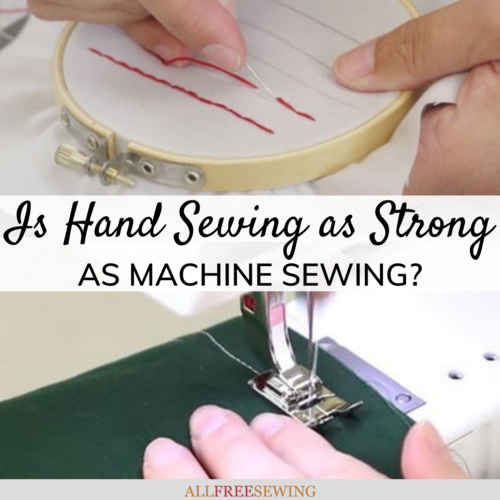
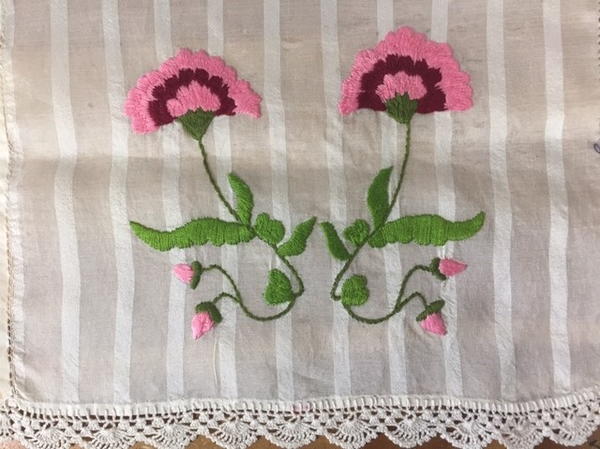
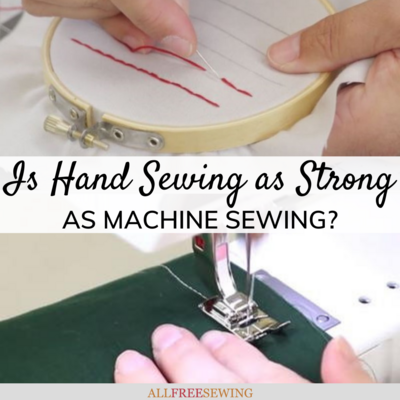
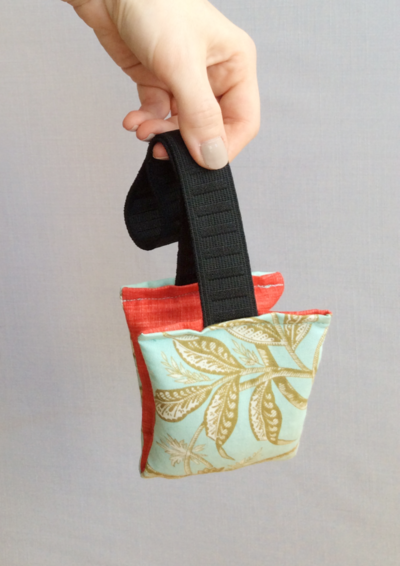
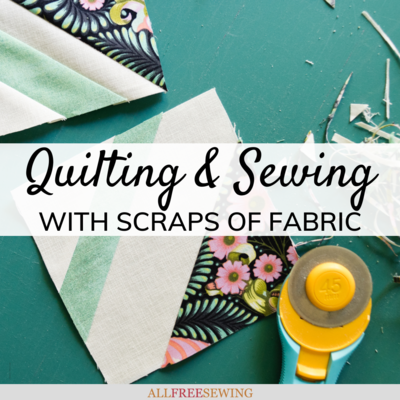
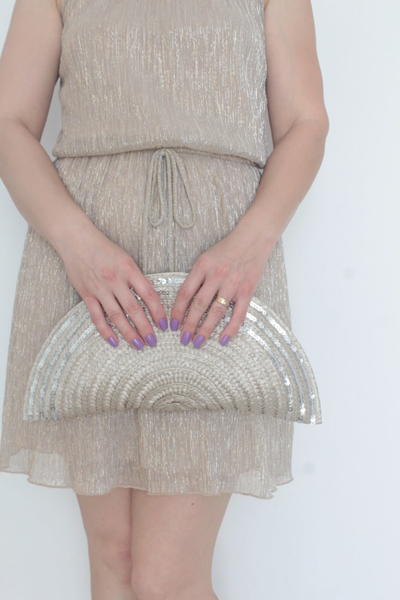
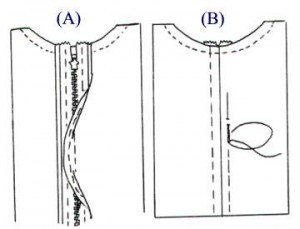
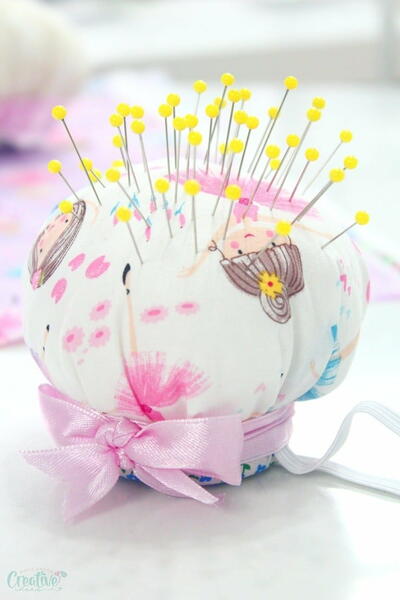
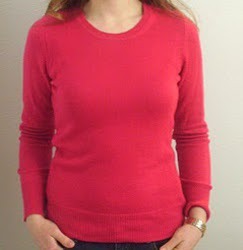
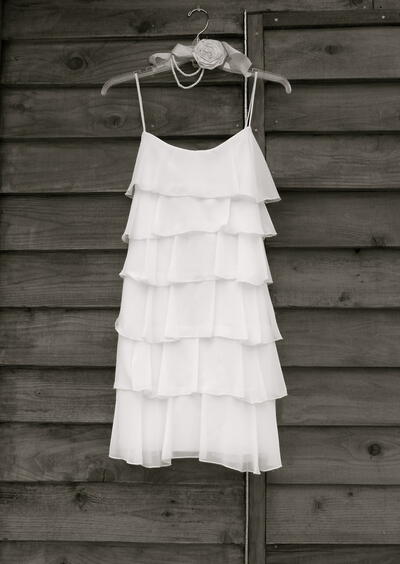
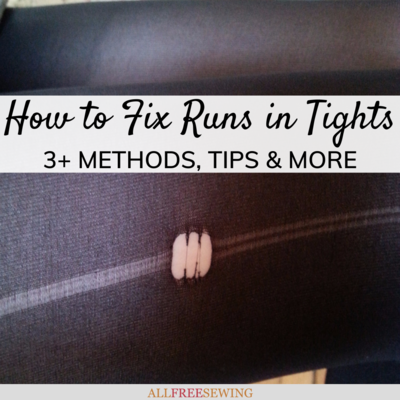

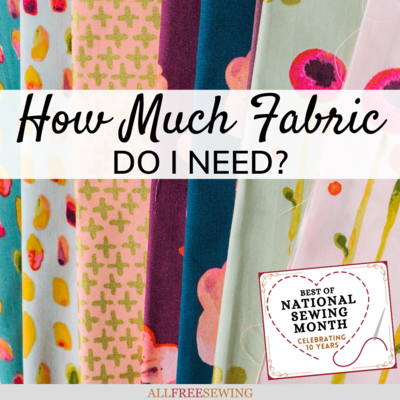
![Know Your Skirts Guide [Infographic]](http://irepo.primecp.com/2021/10/509029/Know-Your-Skirts-Infographic-square21-nw_Large400_ID-4536247.png?v=4536247)



